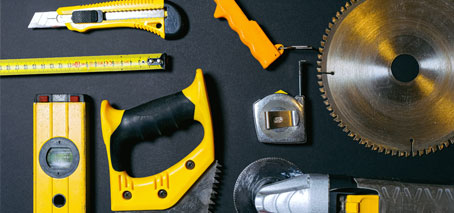Inserting ions into, or between, atomically-thin materials can be used to alter their properties in a finely-controlled fashion.
For example, graphene’s properties can be fine-tuned by injection of another material (a process known as ‘intercalation’) either underneath the graphene, or between two graphene sheets. (See article.)
“Intercalating ions into layered materials increases the spacing and decreases the coupling between the layered unit cells,” explains FLEET Research Fellow Dr Zengji Yue (UOW)
Zengji has just written an explainer on the process of intercalation for the Nature Review Physics series ‘Tools of the Trade’.
The new series plans to spotlight a number of scientific methods for a wide audience, covering both experimental and theoretical/computational techniques.
Zengji’s article ‘Ionic gating for ion intercalation’ explains that the technique can be used to induce superconductivity in topological materials or to increase the thermoelectric effect, as was used in a recent University of Wollongong study, or to tune optical properties. (See non-subscribers version here).
If sufficient ions are injected into the space between bound atomically-thin layers, the two layers can be forced apart, and atomically-thin materials are effectively exfoliated. This method of material synthesis provides some of the high-quality monolayer crystals that have been used in FLEET studies of quantum spin Hall effects.
Zengji explains a method of ion intercalation using ionic liquid gating, which is effective and simple to use compared with conventional methods.
Look for future FLEET articles in the series, and follow Nature Physics Review’s twitter feed for more pieces on different techniques.
With a background in solid-state and optical physics, Dr Zengji Yue studies electronic transport in novel topological materials with Prof Xiaolin Wang, who leads FLEET’s study and synthesis of novel and atomically-thin materials within Enabling technology A.
The Centre for Future Low-Energy Electronics Technologies (FLEET) is a collaboration of over a hundred researchers, seeking to develop ultra-low energy electronics to face the challenge of energy use in computation, which already consumes 8% of global electricity, and is doubling each decade.



